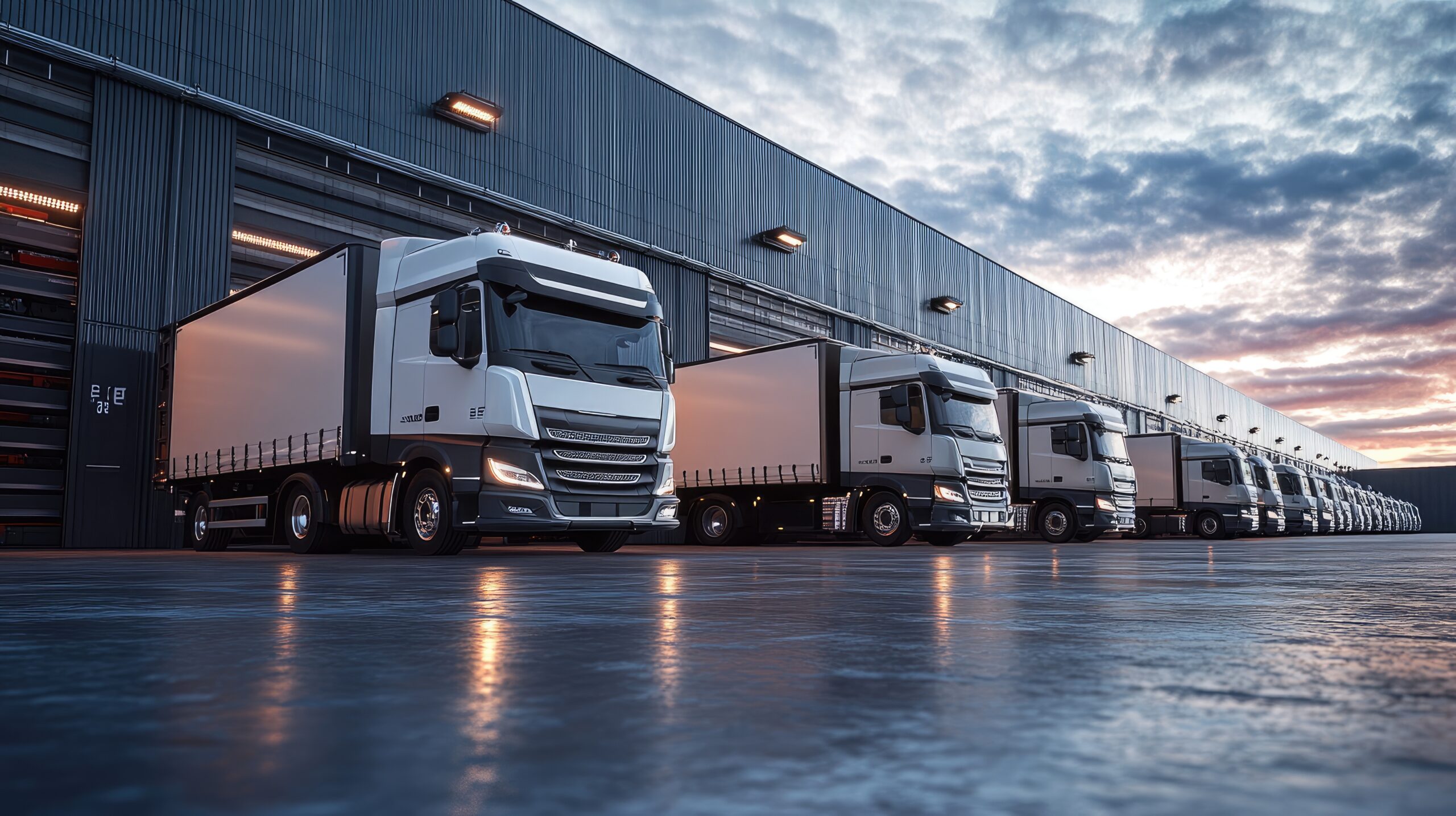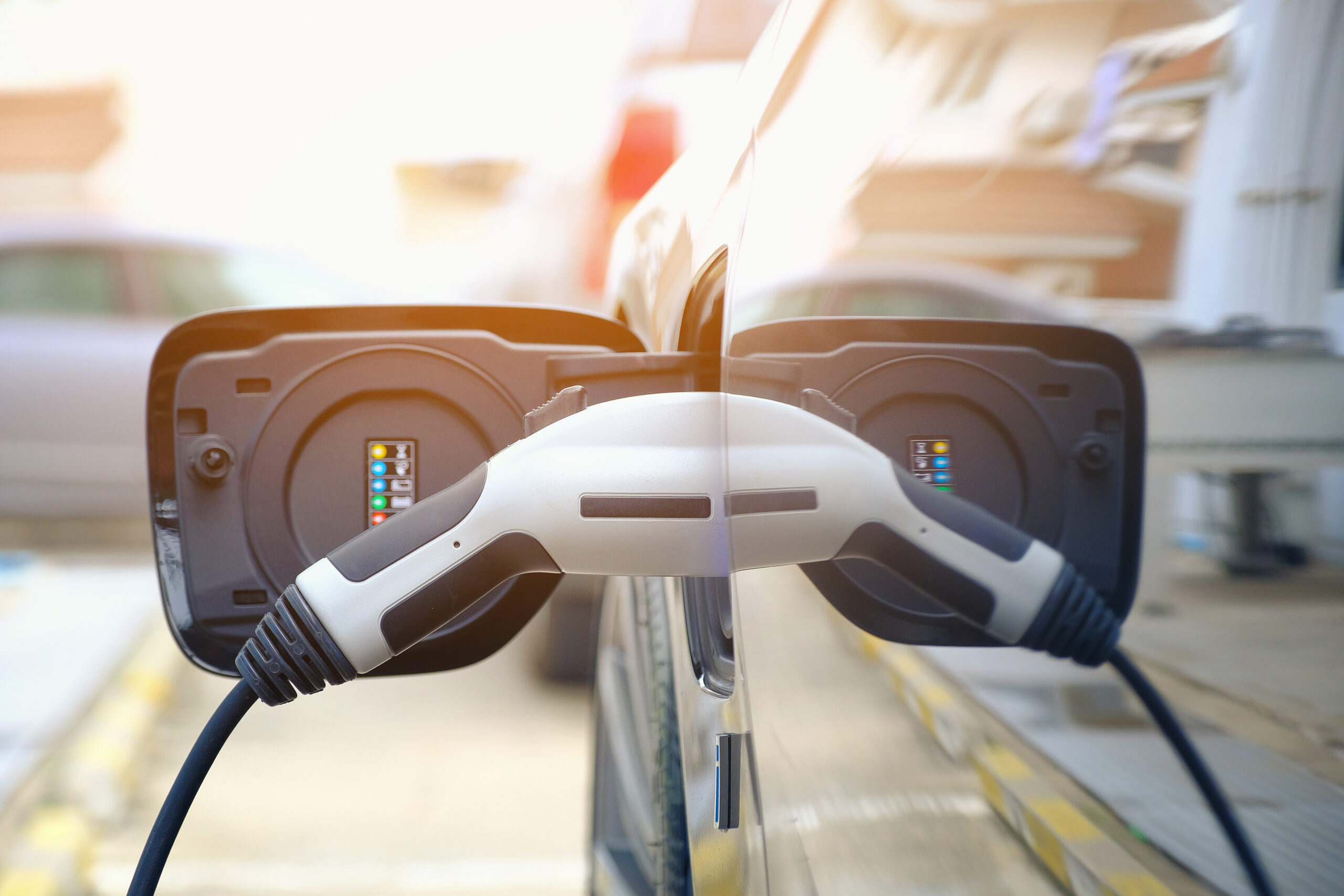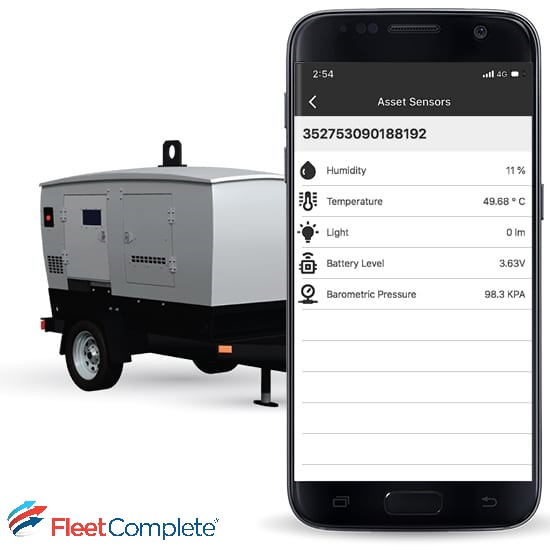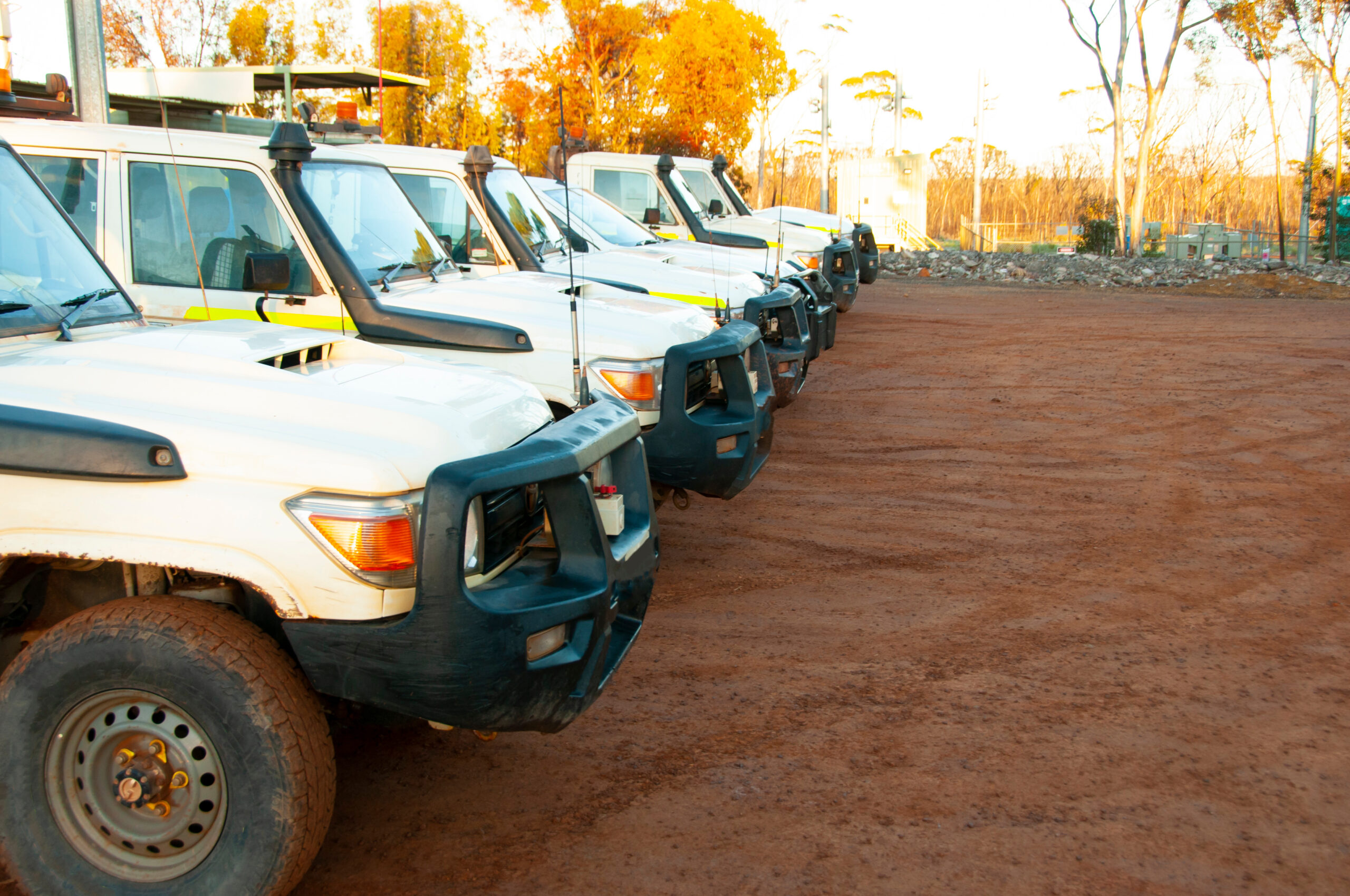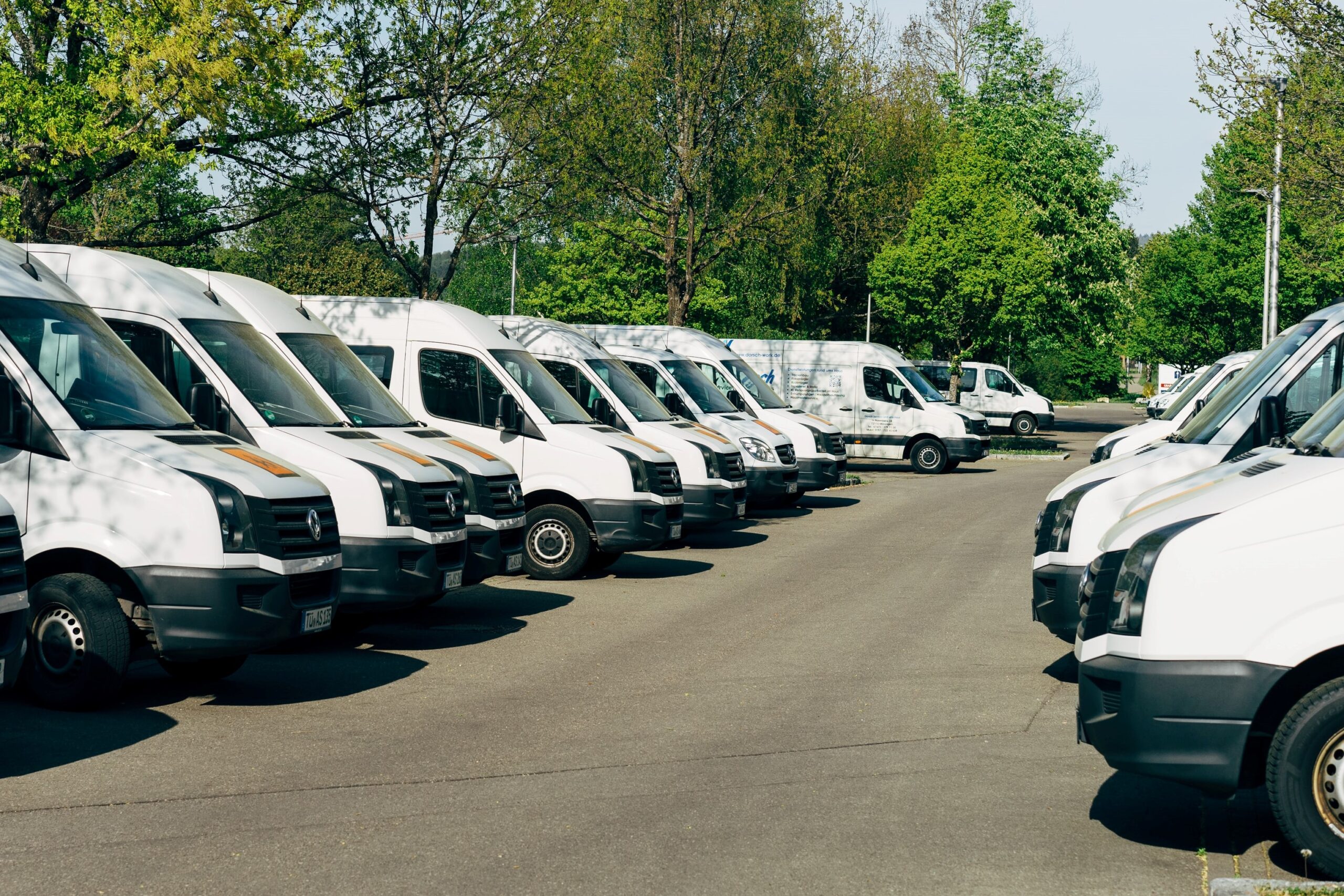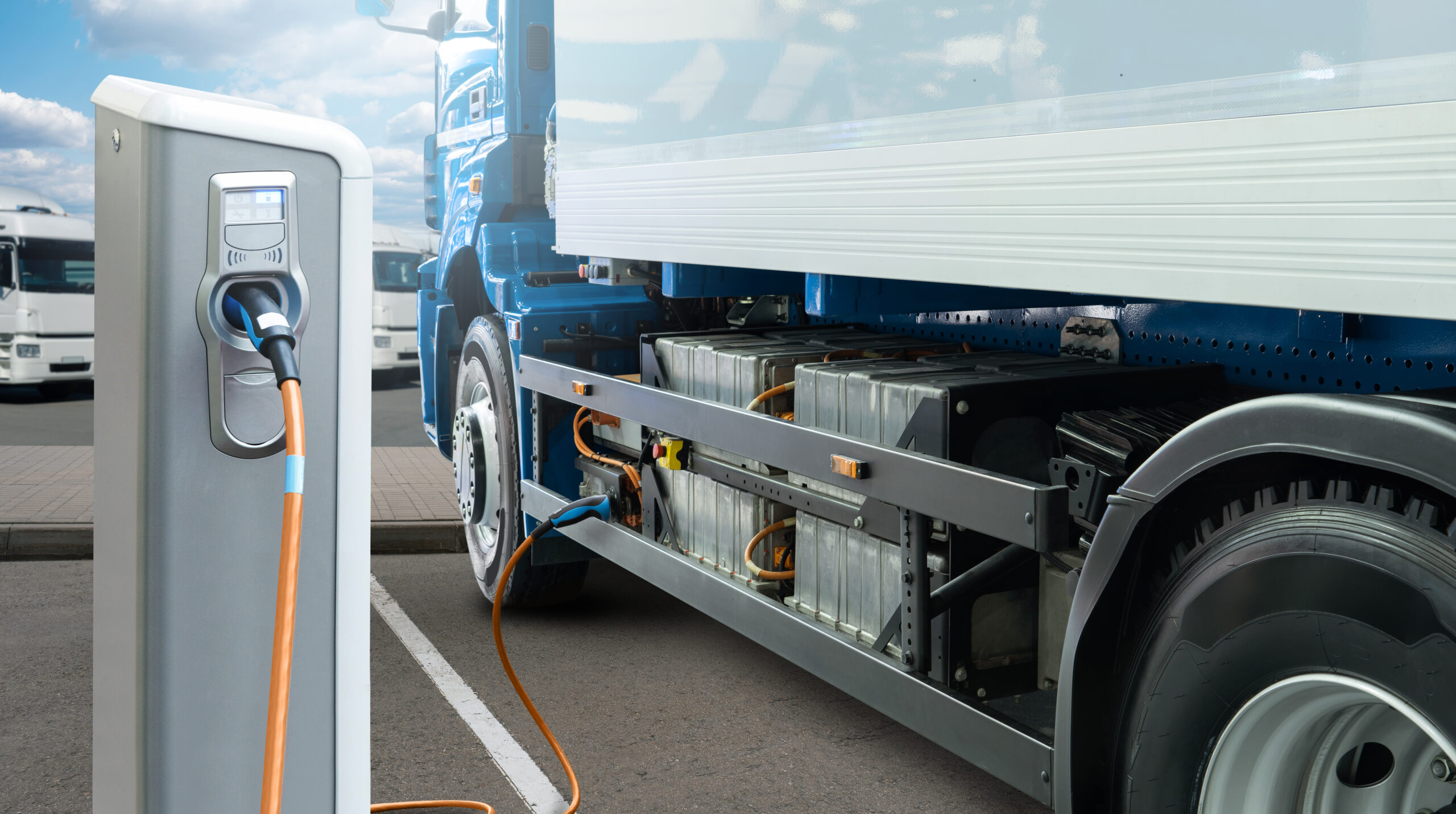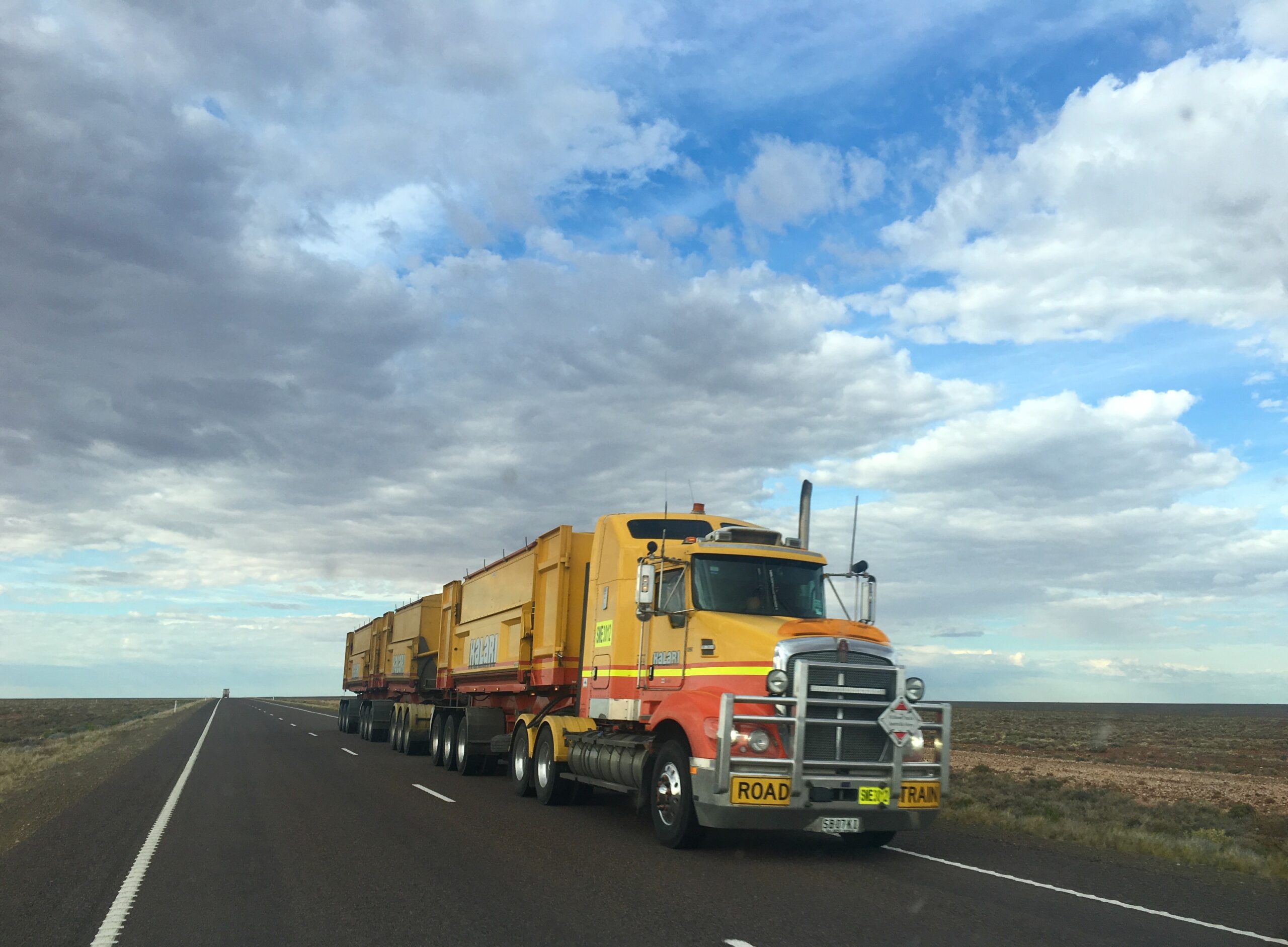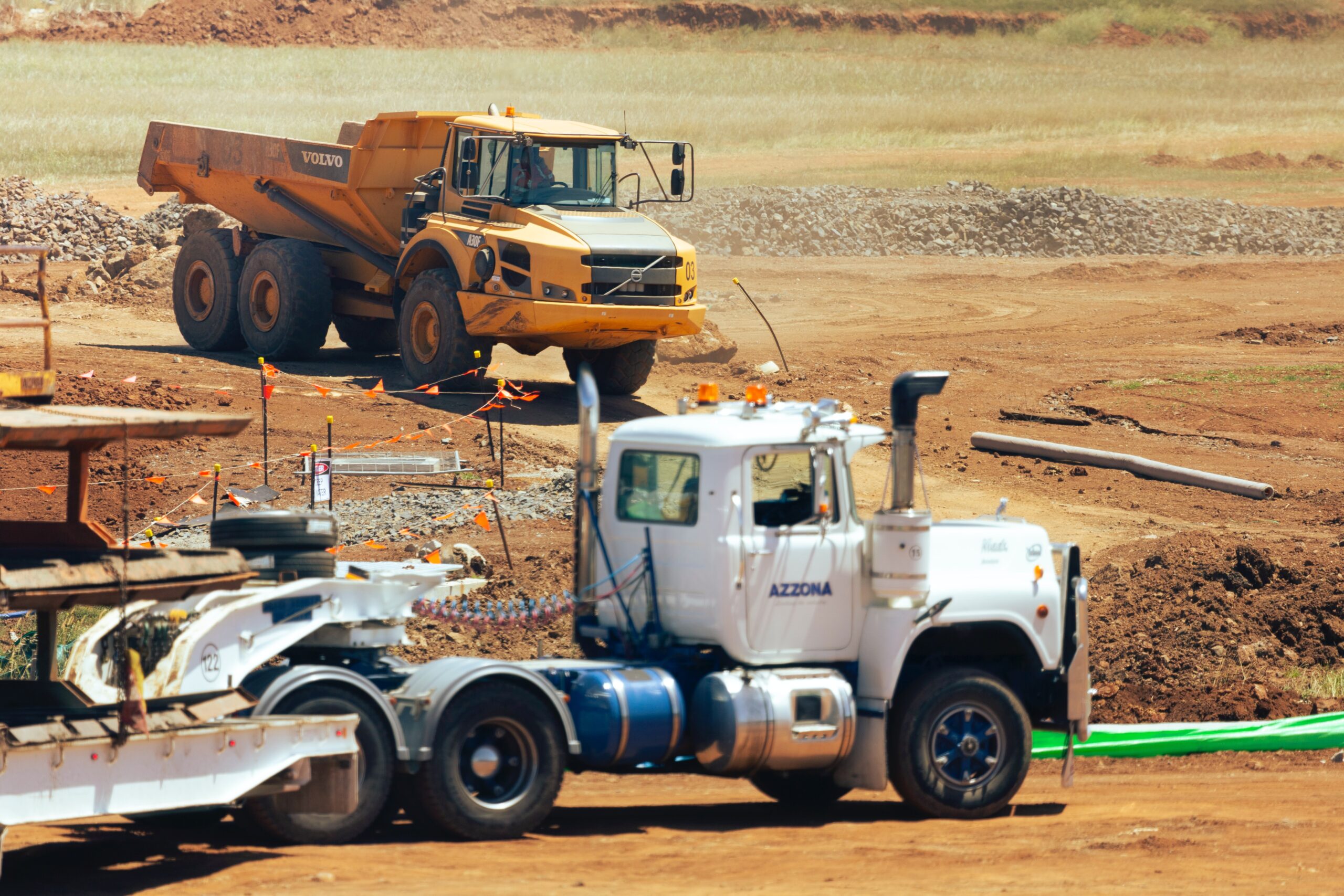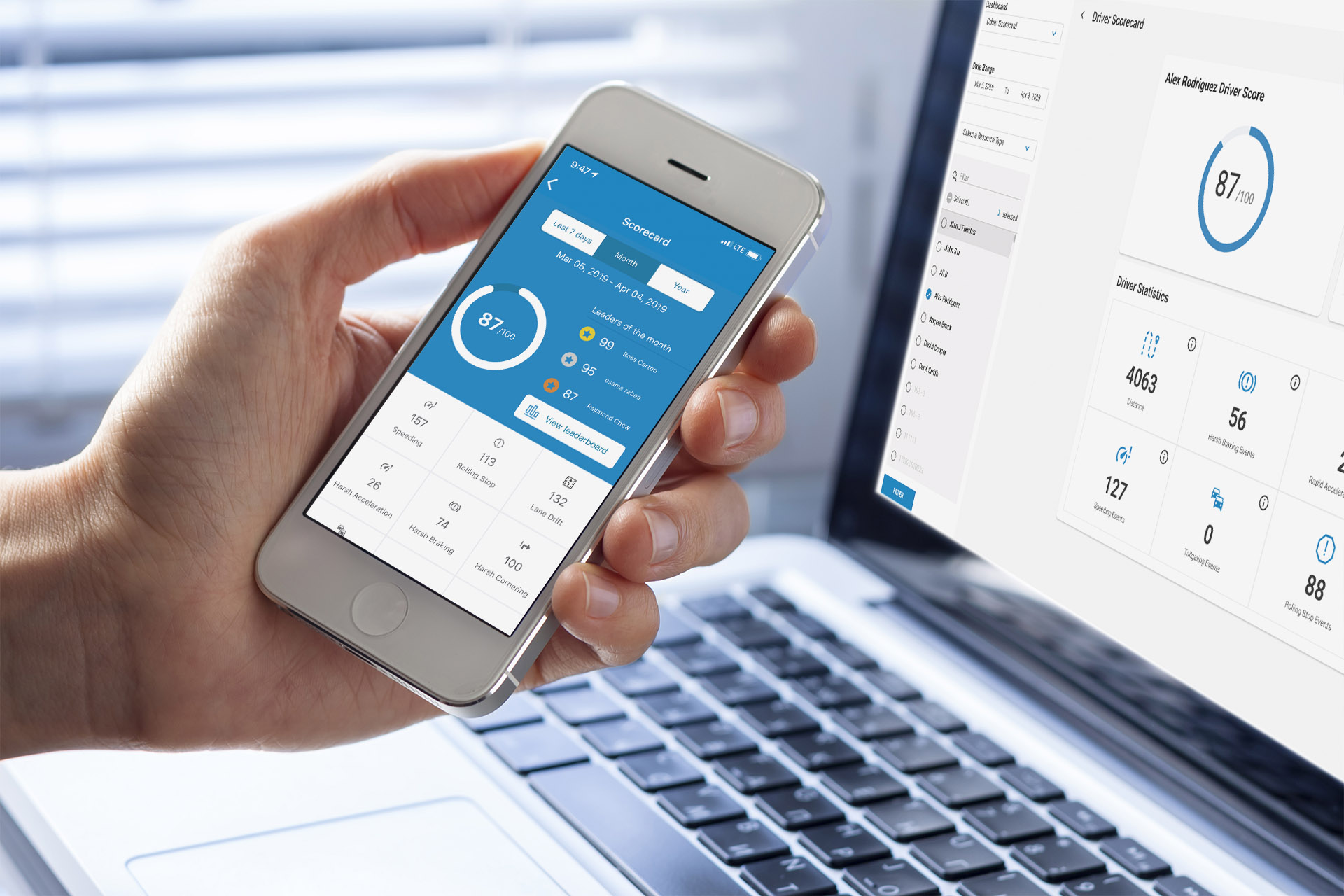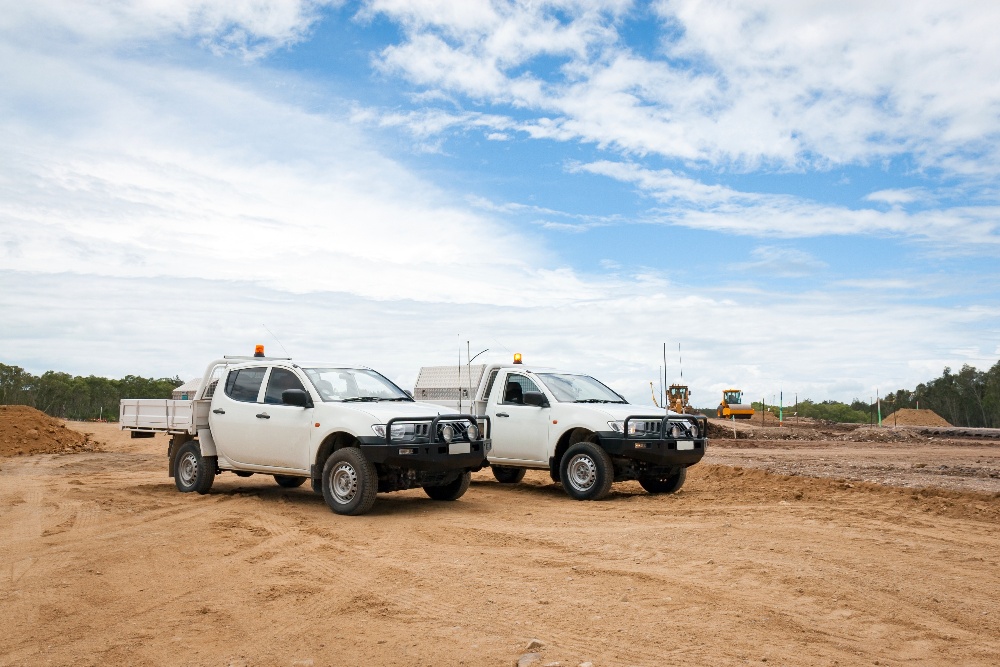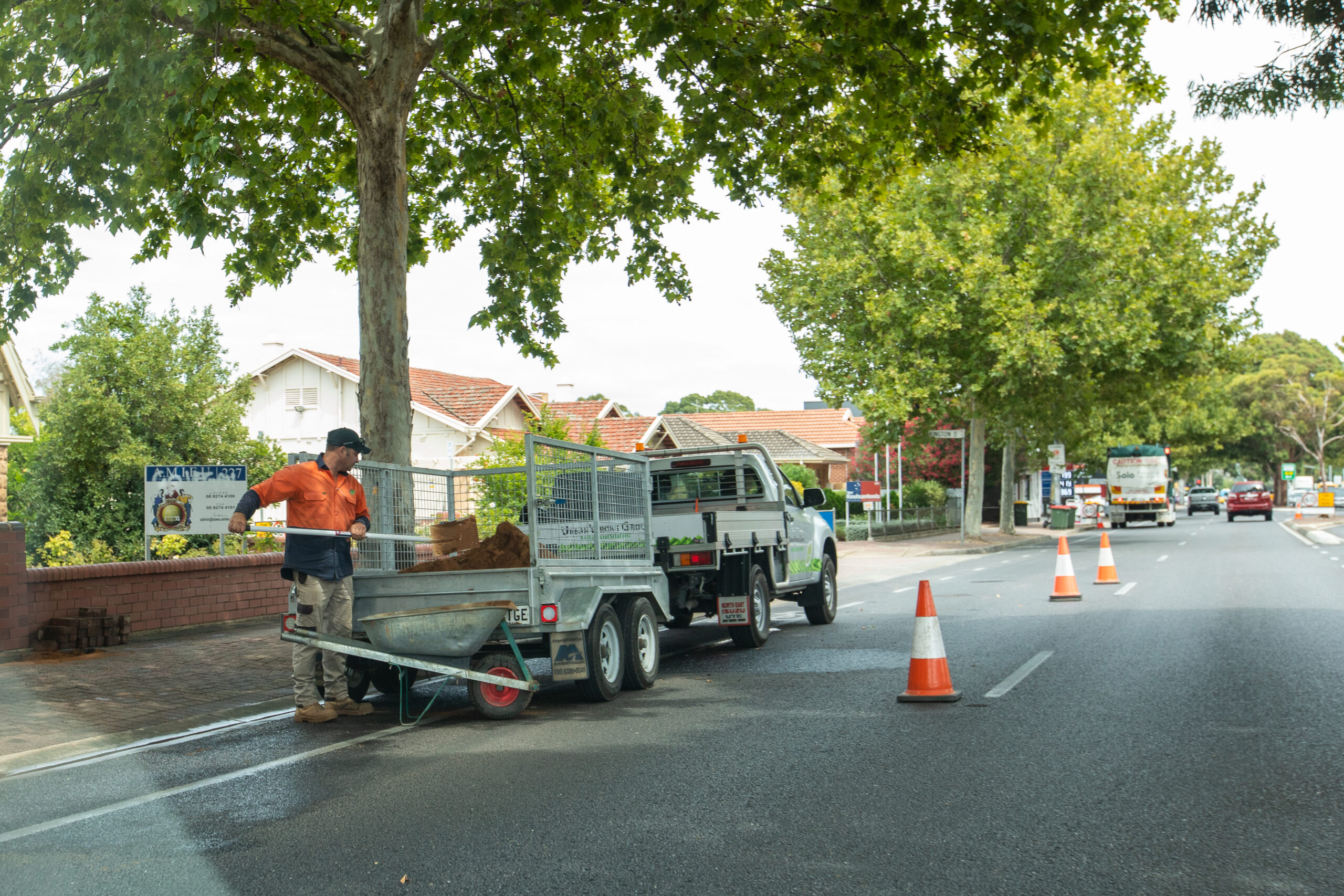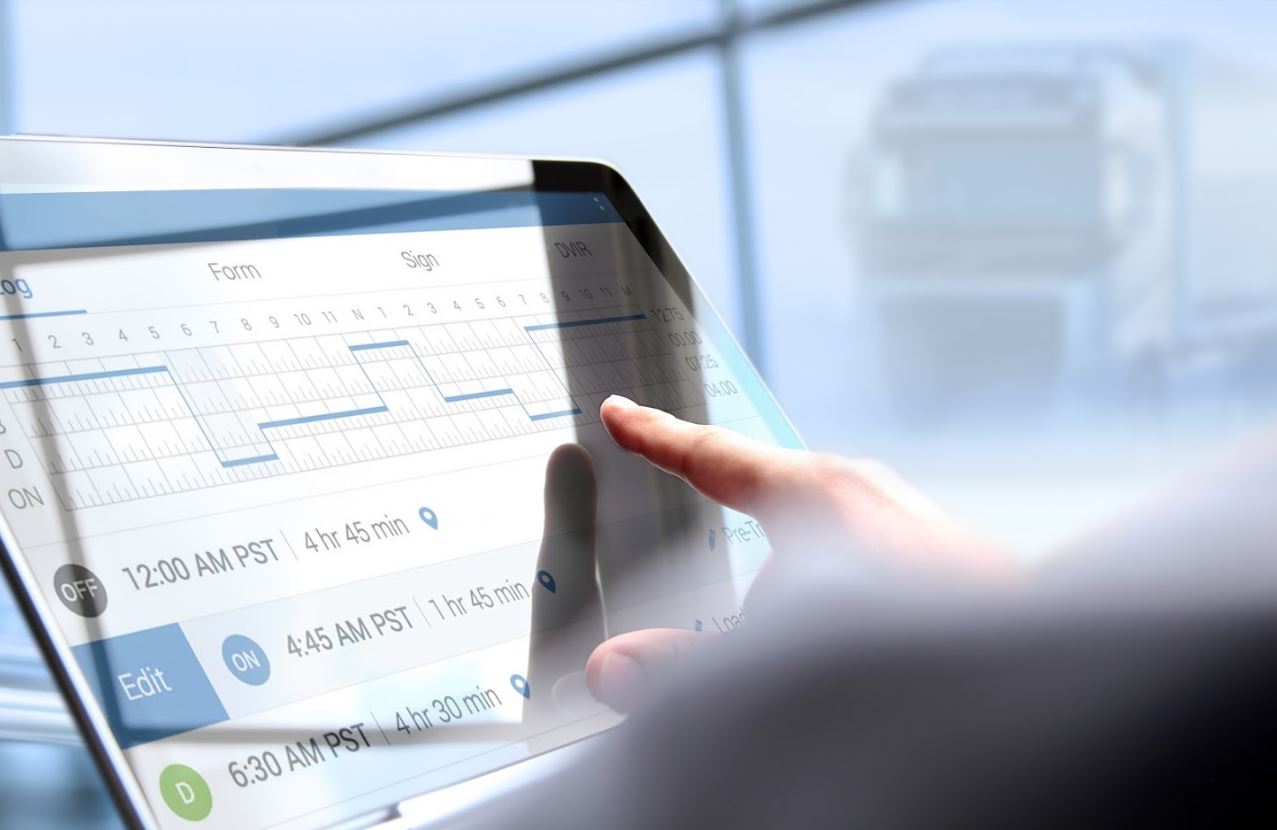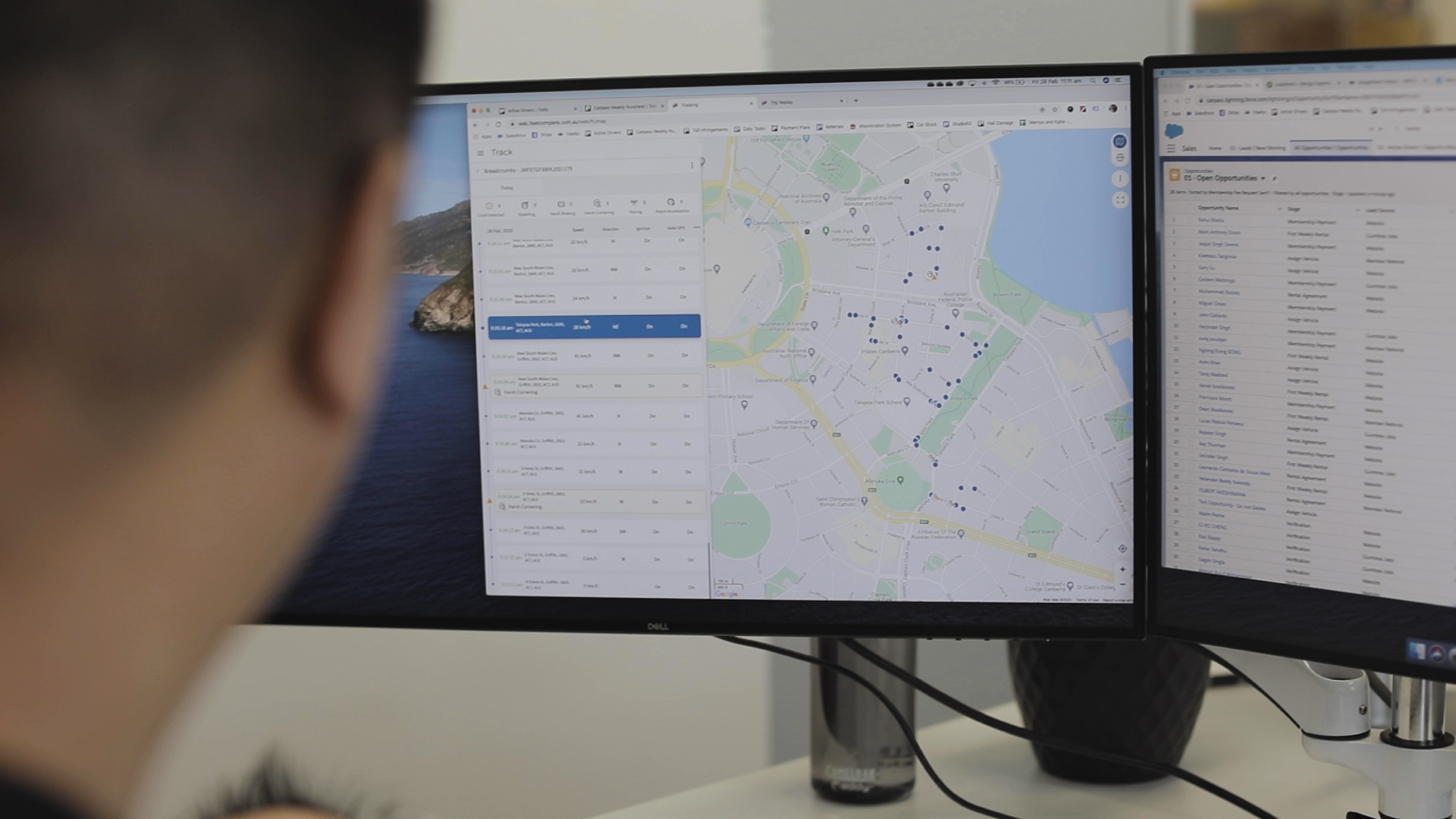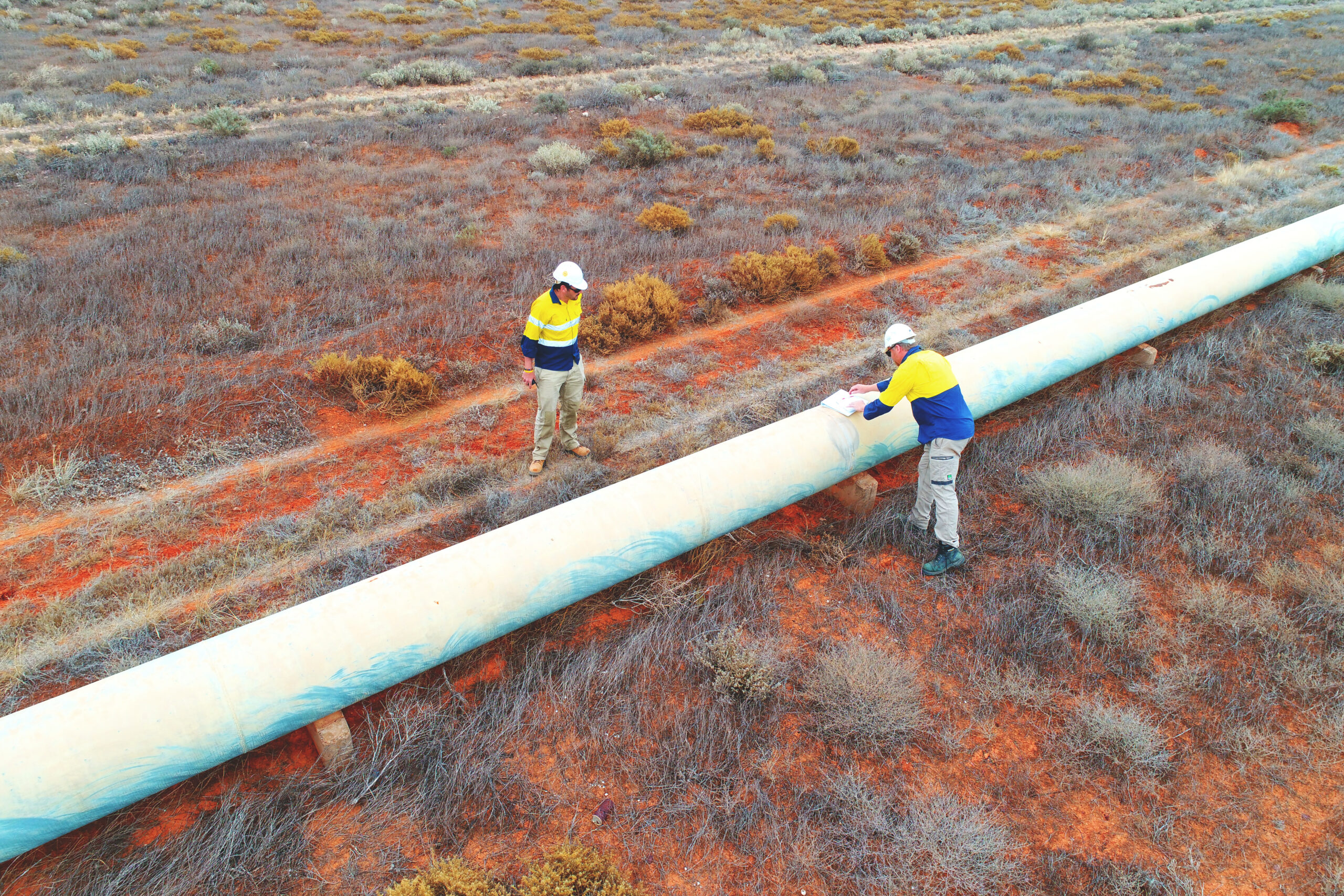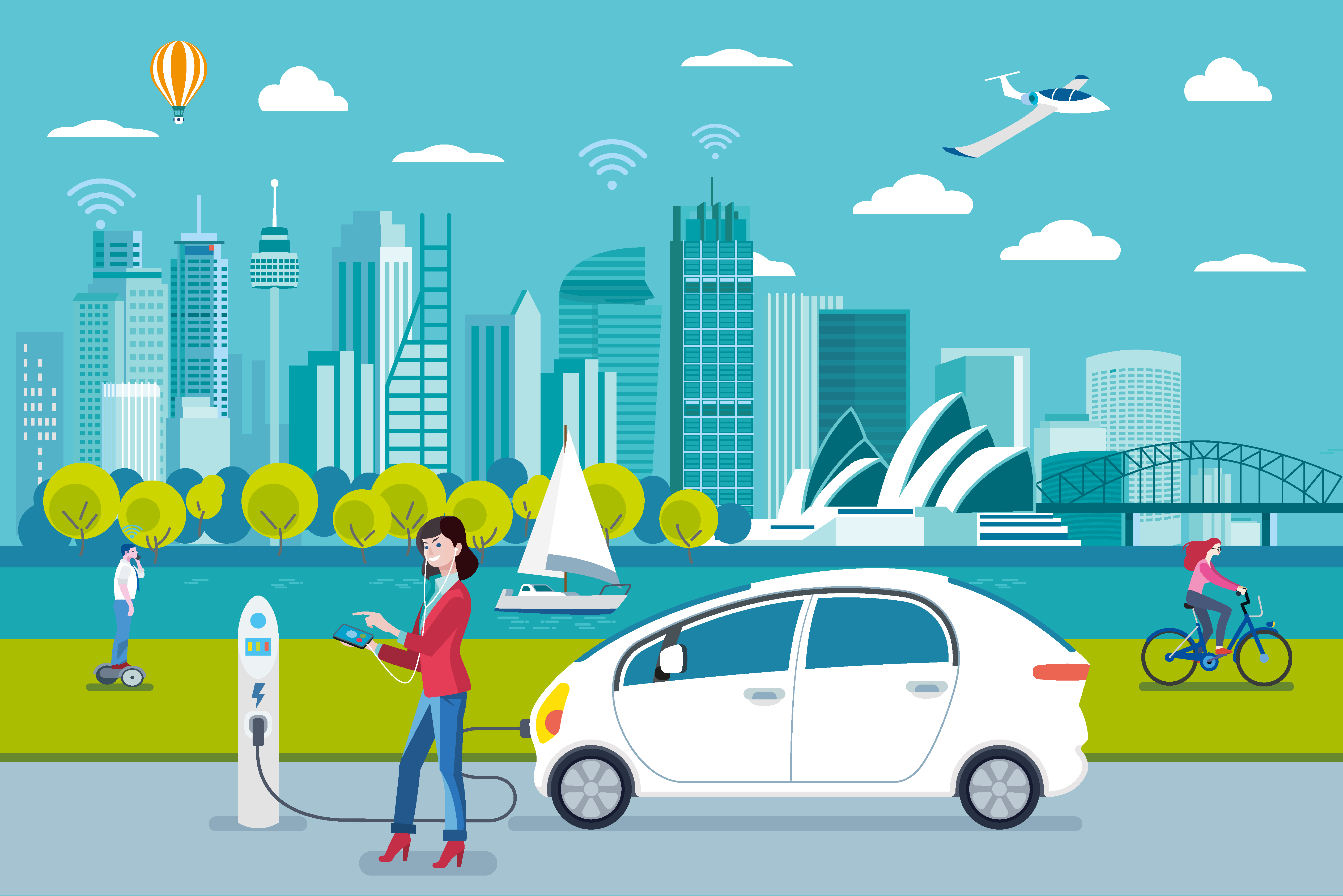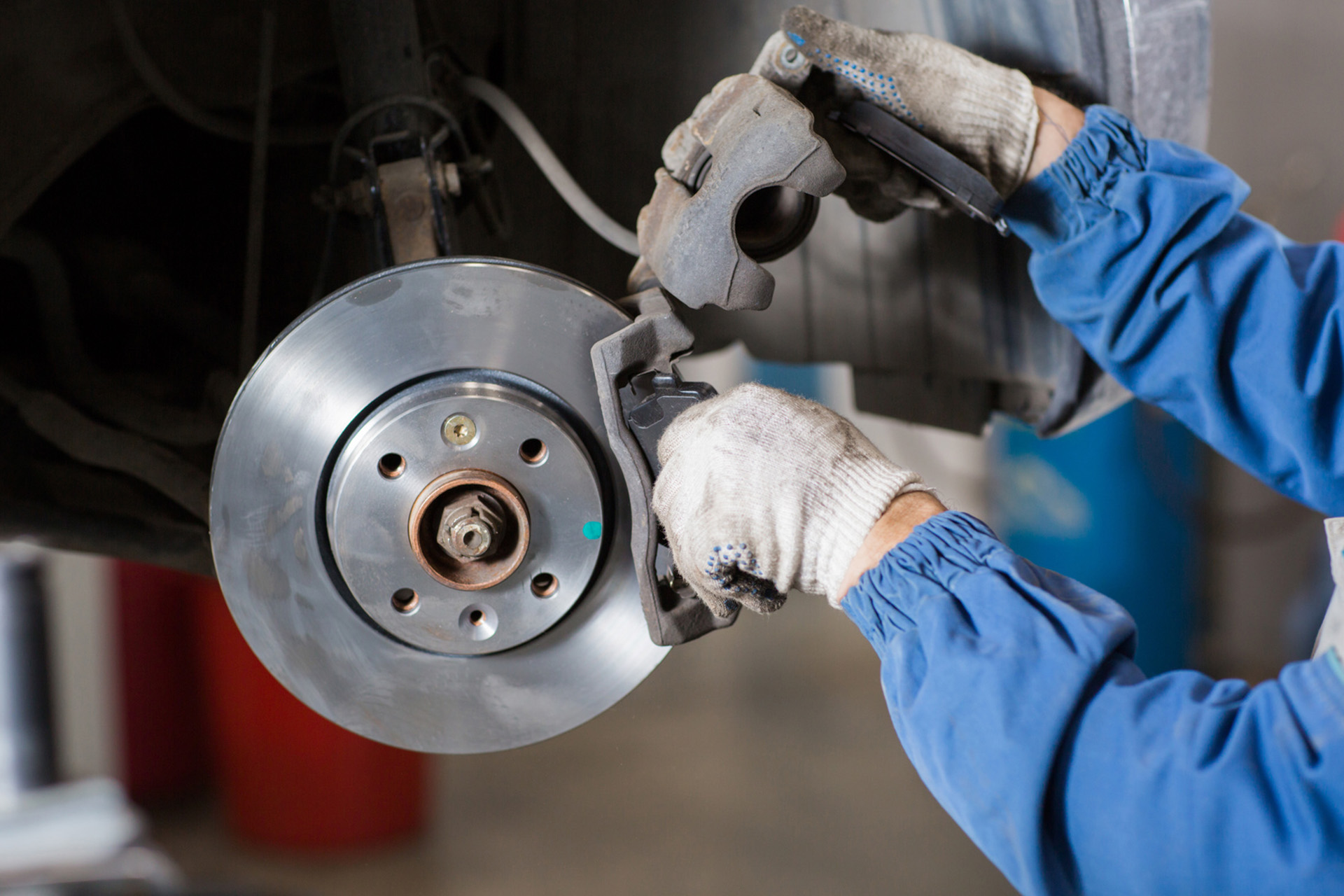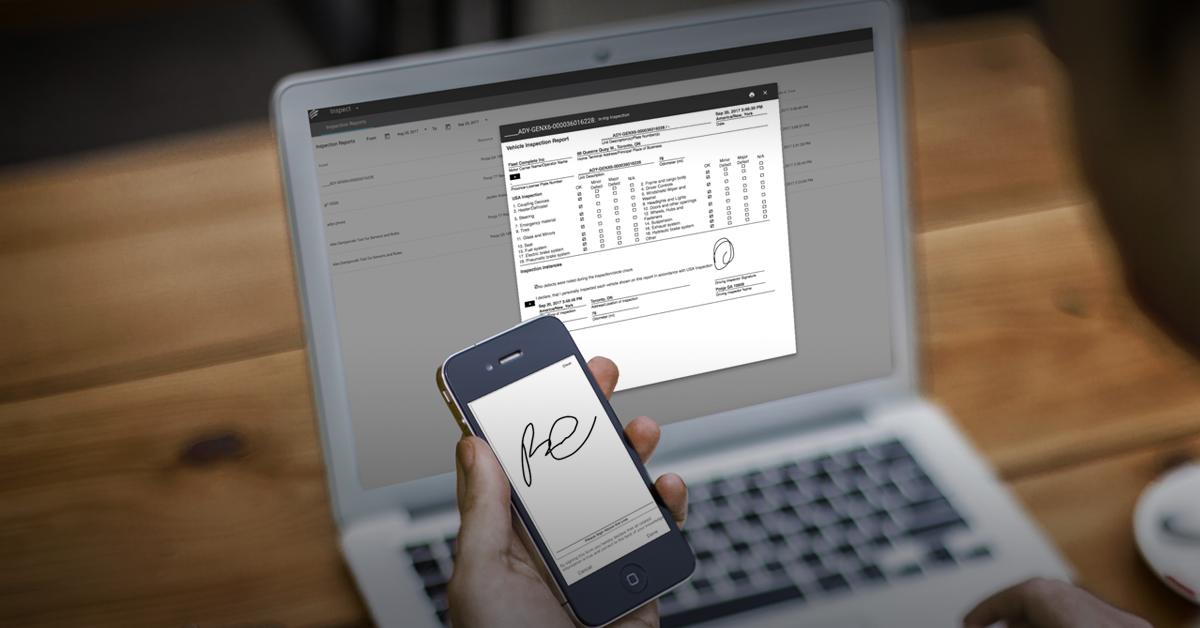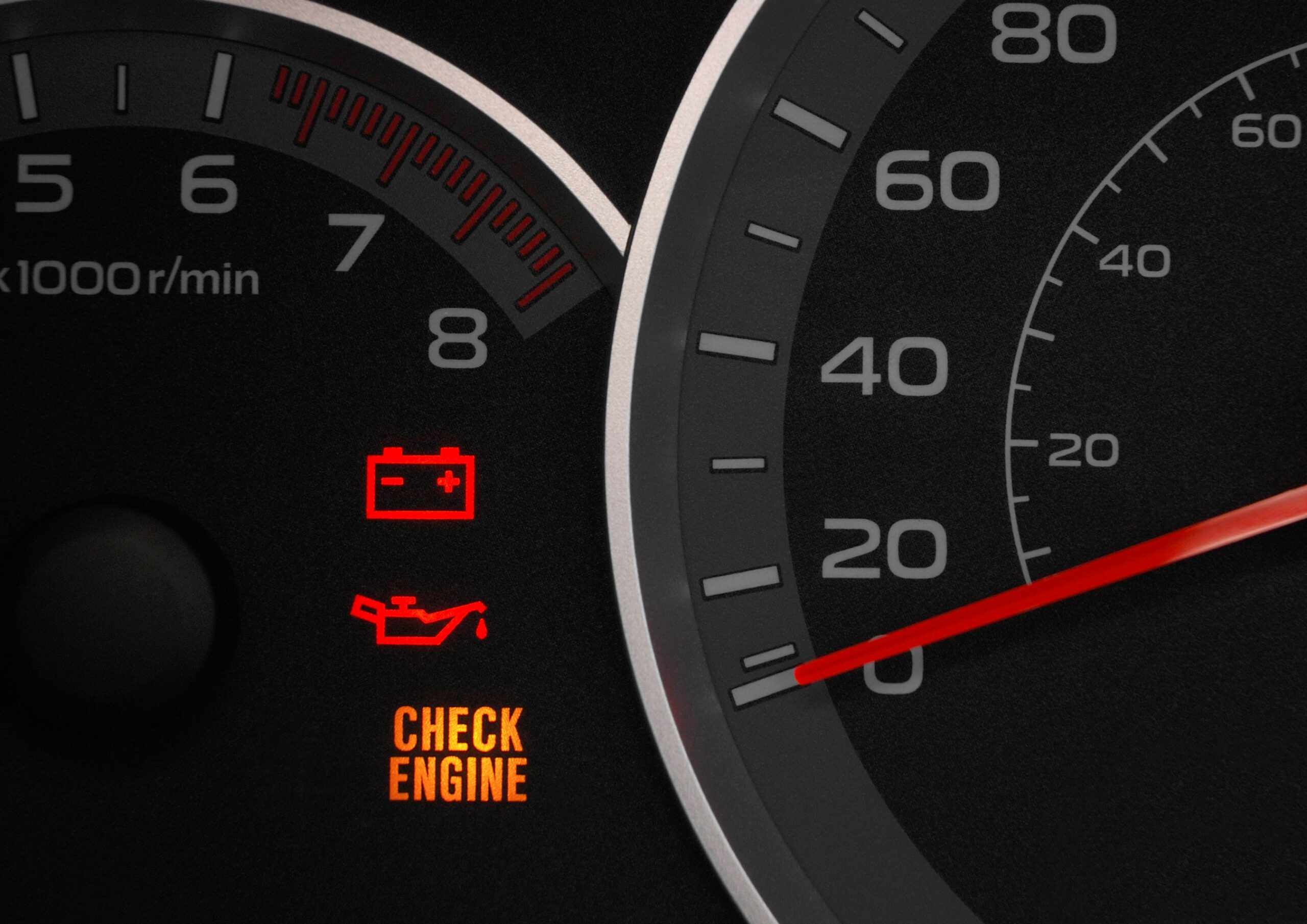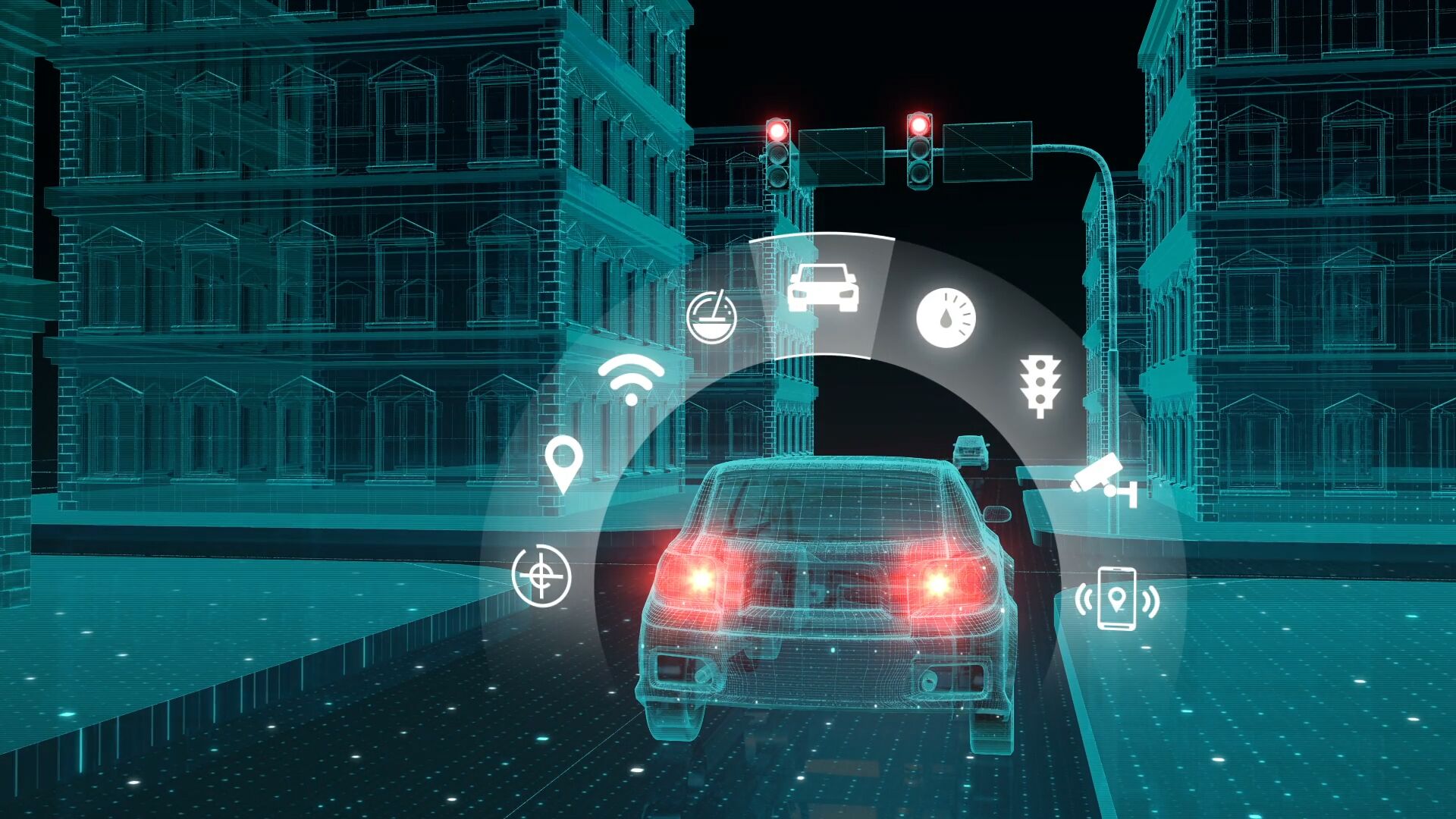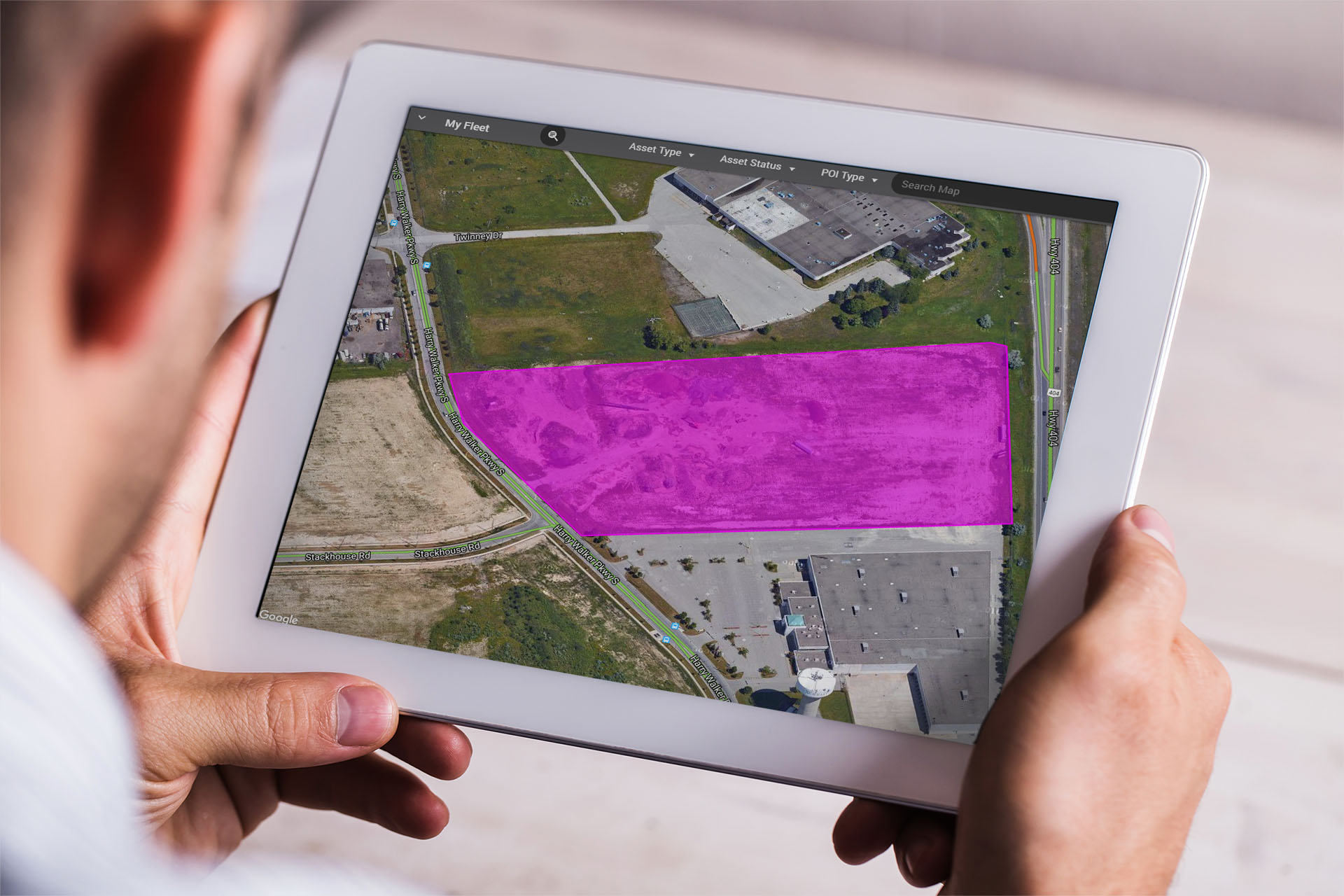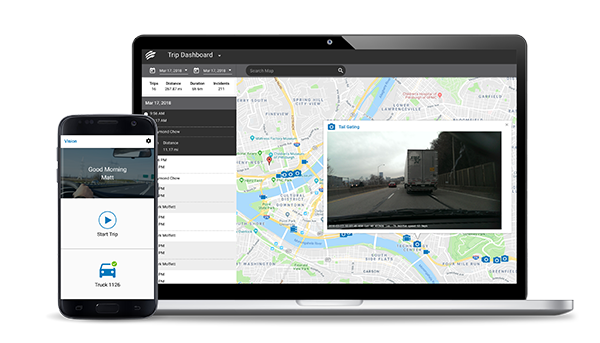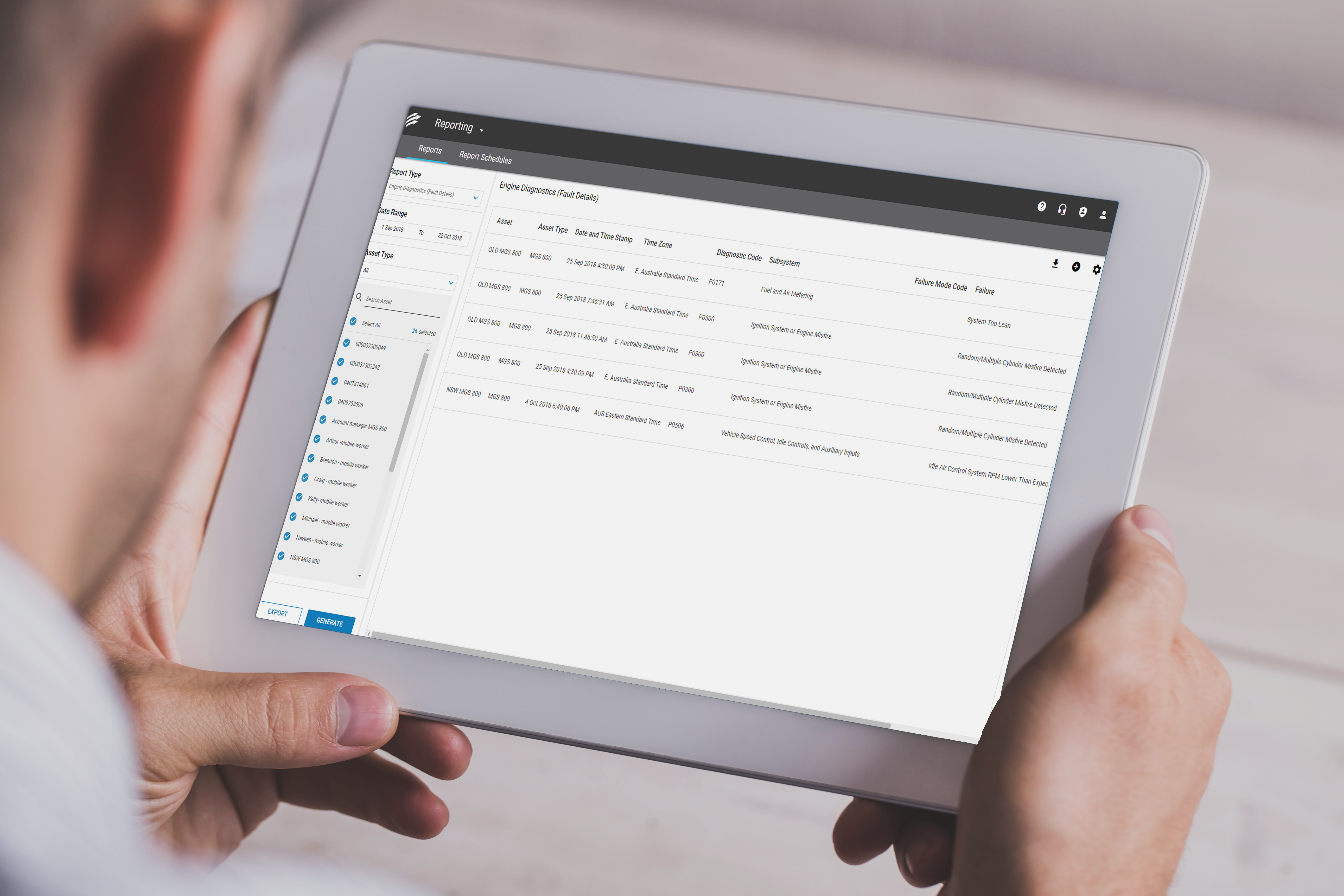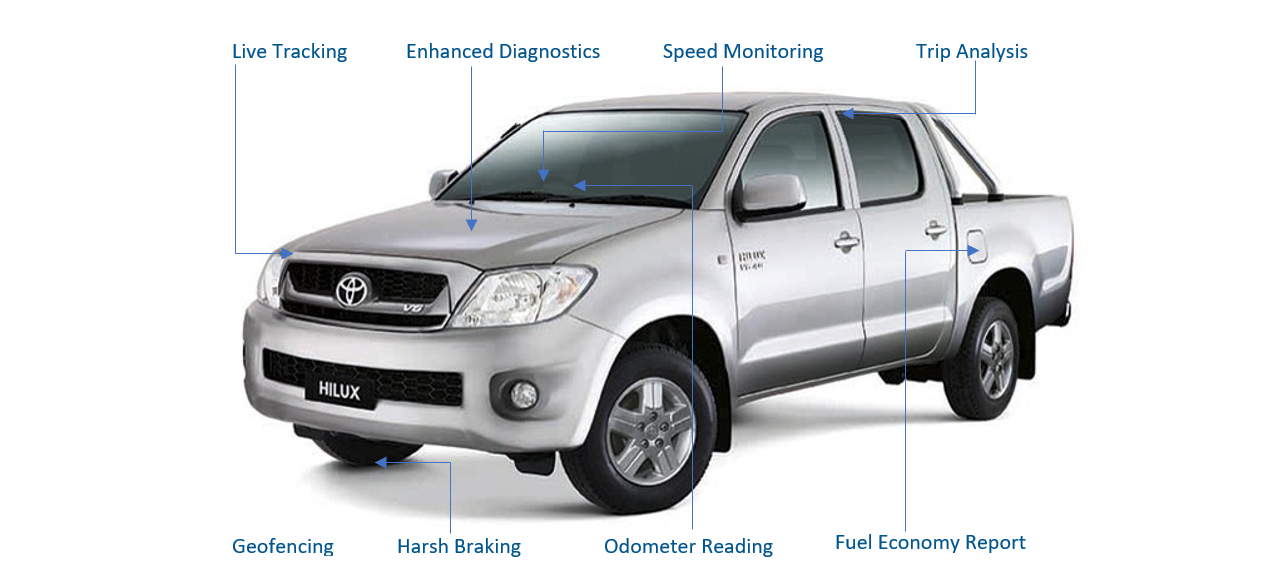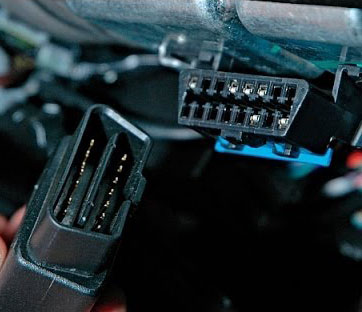
Electric vehicles (EVs) are starting to gain traction in Australia and uptake is growing. But we’re still behind when it comes to the global leaders.
According to The Guardian, just 0.75% of new cars bought in Australia last year were EVs. This pales in comparison to 4% globally, more than 10% in Britain and the European Union, and nearly 75% in Norway.
A combination of regulations and taxes between states is causing confusion and inhibiting the adoption of electric vehicles. So, we’ve put together this article to help bring clarity to the topic of EVs.
What are the Benefits of an Electric Fleet?
From low fleet emissions to zero fuel costs, the benefits of running an electric fleet are huge. Here are some of the top wins:
- The total cost of ownership (TCO) is predicted to be lower than internal combustion engine vehicles by 2025.
- Electric vehicle technology has shown rapid development and prices have declined faster than predicted.
- Due to their simplicity and few moving parts (approximately 100 times fewer than your average internal combustion engine vehicles), electric vehicles require relatively little servicing and have a longer life than petrol or diesel-fuelled vehicles.
- Electric vehicles will lead to overall cost savings from maintenance services and fuel use. Melbourne Water has estimated cost savings of approximately $2,000 to $3,000 per year per electric vehicle in its fleet.

“EVs present a simple and effective solution as part of a cleaner energy future, with the transportation sector currently responsible for up to 19% of Australia’s greenhouse gas emissions”, says Markus Brokhof, chief operating officer of AGL.
AGL is the first Australian company to join the EV100 – a global initiative by The Climate Group to bring together forward-looking companies committed to accelerating the transition to EVs. The company has committed to running a 400-strong company vehicle fleet to all-electric models by 2030 and achieving zero net emissions by 2050.
“We believe that Australia’s energy future will be affordable and smart – delivered from renewable sources that are backed by flexible energy storage technologies which come together to power our homes, businesses, and vehicles,” a spokesperson for AGL Energy said.
What’s the State of EV Uptake in Australia?
Overall, Aussie fleet operators are embracing EVs, with many looking to add new vehicles to their fleet over the next few years.

The progress of electric vehicle uptake in Australia has sped up over the past few years. (Image Source)
Electric vehicle momentum is growing. This was reflected in market growth, technology developments, and policy ambition. There have also been significant technological shifts in recent years, with several new lower-cost models coming to market, along with a decrease in EV battery costs. Additionally, several countries have committed to banning diesel vehicles and increasing their EV output.
This is all a move in the right direction. However, surveys also find that fleet owners want the government to do more to make uptake easier, such as improving charging infrastructure and providing subsidies to help offset high upfront costs – the number-one issue for buyers.
Proposed road-user taxes have also been met with both criticism and praise. Treasurers in at least three states – Victoria, South Australia, and New South Wales – have introduced road user charges for EVs to build a long-term revenue stream before the inevitable expansion of the technology. Other states are following suit.
A recent article outlined the detailed electric vehicle commitments Australia is making – both federally and region-specific – including funding amounts for charging infrastructure and discounts for registering EVs.
What Should Fleet Managers Do?
When it comes to potentially incorporating EVs into your fleet or making the full switch to electric, fleet managers have a lot to keep in mind. Fortunately, there are some things you can do to make the transition easier.
1. Calculate your Costs
An analysis by ClimateWorks found that in many cases, a move to EV fleets can be cheaper overall, compared to petrol fleets – with operational savings outweighing the initial steep cost of purchase. However, owners also need to factor in costs like installing charging points and road tax to get a full picture of total cost of ownership and return on investment.
To calculate your potential fuel savings, look at your local fuel prices per gallon, then work out how much you’re paying per mile. GPS fleet management software is useful because it automatically tracks and records trip mileage, and you can export that information into a report for your entire fleet. From there, you can calculate your range (how long you can drive before you need to charge) and the cost per unit (in this case, miles).
2. Do your Research
Researching a whole new type of vehicle will take time. However, it’s an important part of making sure you’re prepared for the change and make the best purchasing decisions for the needs of your business.
3. Get to Know your Area’s Rules
Australia hasn’t been particularly unified in its approach, which means that what one state says may differ from another. That’s why it’s important to stay informed on the rules in your local area and the states in which your drivers operate.
4. Use Fleet Management Software and Telematics
Fleet management technology can help provide a fuller picture of fleet costs through insights such as fuel usage and maintenance information. This will help you make a data-driven decision on whether it’s time to go fully electric, all while analysing and optimising your fleet’s performance.
Learn more about how Fleet Complete can help you make the move to electric by requesting our Fleet Complete demo.
If you found this article helpful, please share it on social media via the links below.





